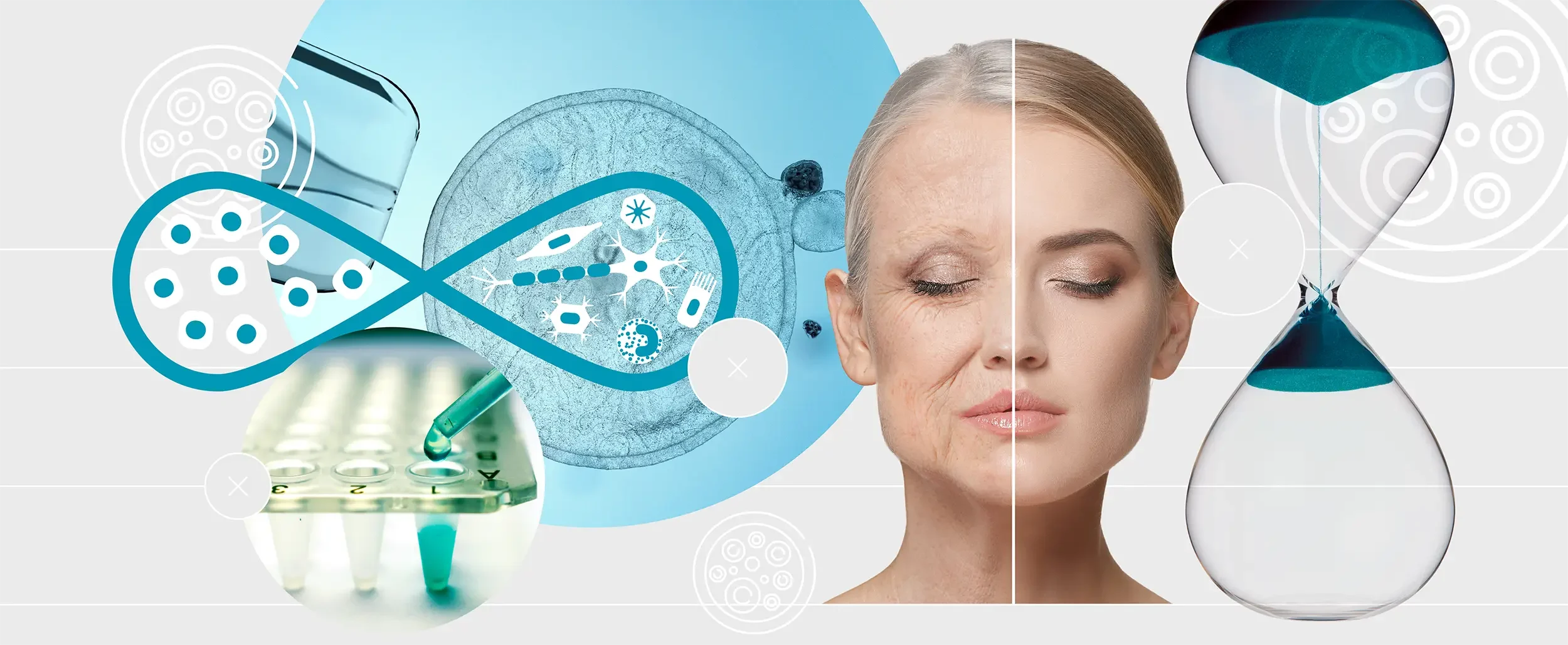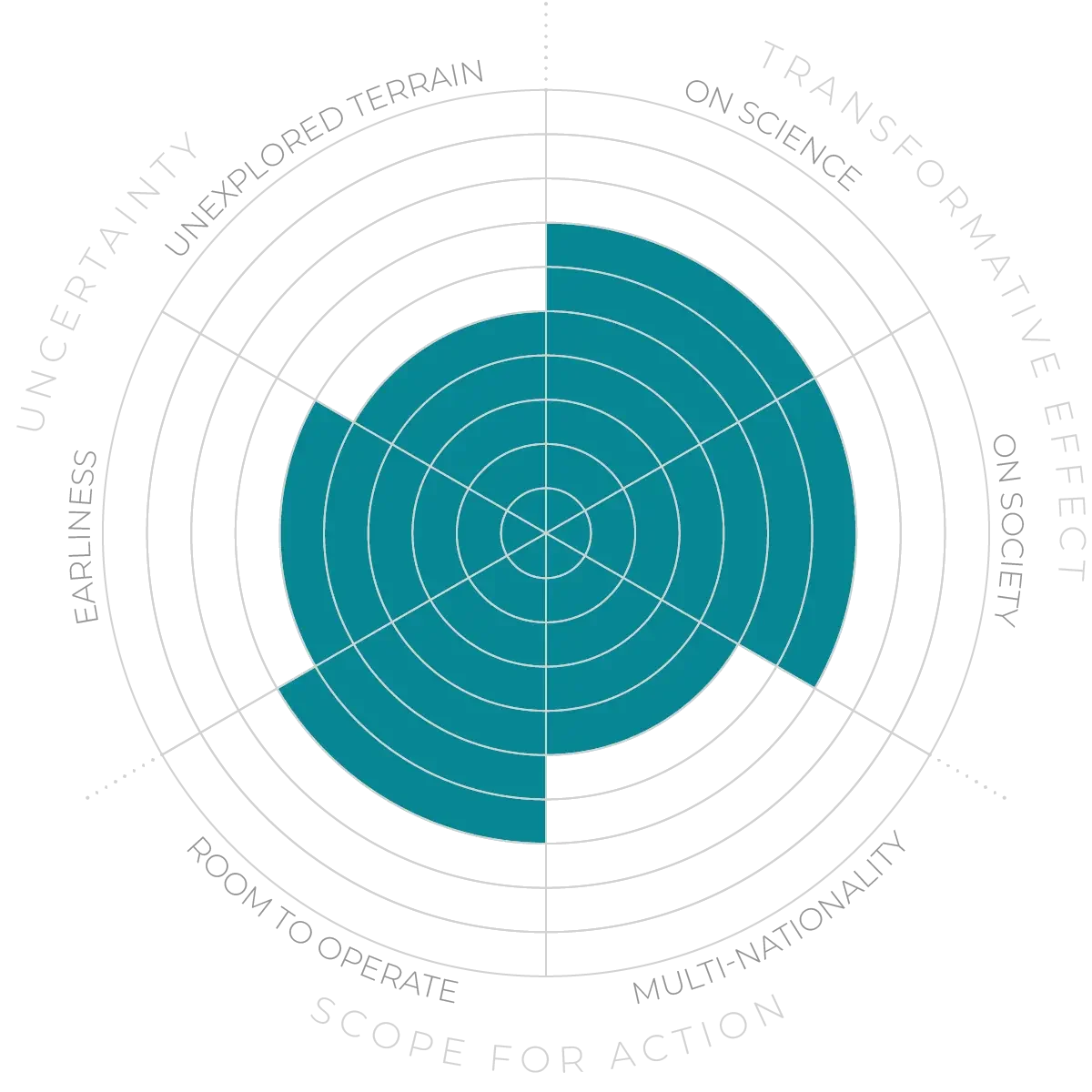What’s more, the interplay between two or more behavioural or environmental interventions can amplify the efficacy of each, as suggested by mouse trials in which calorie restriction’s moderate benefits for lifespan and healthspan were multiplied several times over by combination with circadian timing patterns of eating.19 However, how single or multiple behaviours are transduced into cellular changes is an area of open research.
While that research continues, efforts are under way to find ways to boost circadian rhythms associated with not just sleep/wake cycles but also body temperature, blood pressure and so on. Their fluctuations are controlled by time-keeping proteins encoded in master clock genes, and drugs that enhance the master clocks could make us healthier. This should have beneficial effects, since these clocks regulate the genes in all 12 hallmarks of ageing pathways,20 and seem to regulate sleep, metabolism and neurodegeneration. In mice, boosting clock gene expression yielded a 15 per cent increase in lifespan.
Finding and measuring biomarkers that link lifestyle choices with clocks will open the possibility of lifestyle mimetics, small-molecule drugs that could manipulate the same pathways and slow ageing before disease manifests.
We may already be administering such drugs. The immunosuppressant rapamycin, whose signalling is increasingly understood to influence longevity and ageing, and the metabolic drug metformin have been in clinical trials for their suspected ability to mimic lifestyle benefits. More recent investigations have studied drugs that target sirtuins. Stimulation of sirtuin 6 (SIRT6) has extended lifespan in mice, rejuvenated the epigenome and silenced transposable elements. Activating SIRT6 or similar epigenetic regulators with small molecules or natural compounds will provide safe ways to improve healthspan.21 Fucoidan, a natural SIRT6-activating compound, is under test in a clinical trial for its ability to slow the biomarkers of ageing in humans.



